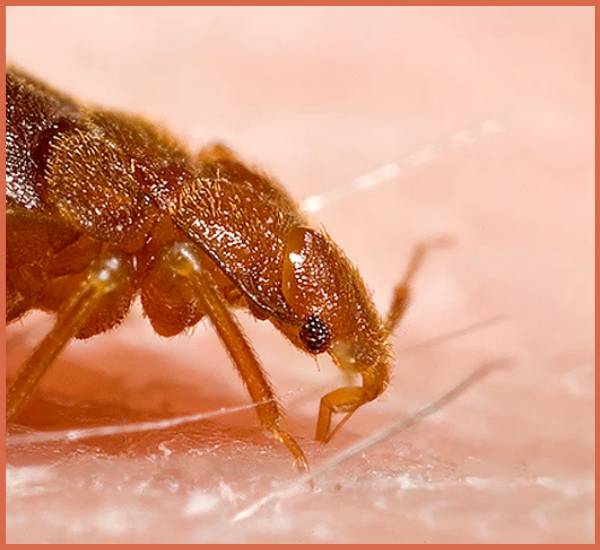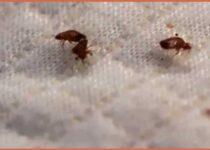Do Bed Bugs Have a Queen?
Bed bugs are notorious pests that can cause significant discomfort and inconvenience. These small, nocturnal insects feed on the blood of humans and animals, often leading to itchy bites and disrupted sleep. Understanding their social structure and behavior is crucial for effective pest control. A common question that arises is: do bed bugs have a queen?, similar to the social structure observed in ant or bee colonies. This article delves into the social organization of bed bugs and clarifies whether they operate under a queen-like figure.
Do Bed Bugs Have a Queen?
1. Understanding Bed Bug Social Structure:
Bed bugs do not have a social structure akin to ants, bees, or termites, which are known for their hierarchical colonies led by a queen. In such colonies, the queen’s primary role is reproduction, while worker and soldier classes perform specific duties. Bed bugs, on the other hand, do not exhibit this level of social complexity or division of labor.
2. Reproduction and Population Growth:
Instead of a single queen, all adult female bed bugs have the ability to reproduce. After feeding on a blood meal, a female bed bug can lay anywhere from one to five eggs per day, leading to rapid population growth. Bed bug infestations can escalate quickly because every mature female contributes to the expansion of the population, rather than relying on a single reproductive individual.
3. Independence of Bed Bugs:
Each bed bug is relatively independent, performing necessary activities such as feeding, mating, and hiding without the need for a hierarchical structure. This independence makes bed bugs more resilient and difficult to control, as there is no central figure whose removal would significantly disrupt the colony.
4. Dispersal and Aggregation:

While bed bugs do not have a queen, they do exhibit aggregation behavior. They tend to gather in specific areas due to pheromones released by their bodies, which signal safe harborage locations. These aggregations are not controlled by a leader but are a result of individual bed bugs responding to chemical cues and environmental conditions.
5. Adaptability and Survival:
Bed bugs’ lack of a queen and hierarchical structure contributes to their adaptability and survival. Each bed bug can find a mate, feed, and reproduce without relying on a central figure, which means they can quickly adapt to new environments and disperse. This trait makes bed bug infestations particularly challenging to control and eradicate.
6. Resistance to Control Measures:
The absence of a queen means that bed bug populations cannot be easily destabilized by targeting a single individual. Pest control efforts must address the entire population. This often requires a combination of methods, including heat treatments, chemical treatments, and ongoing monitoring to ensure that all bed bugs, including eggs and nymphs, are effectively eliminated.
Conclusion
In conclusion, bed bugs do not have a queen. Unlike social insects such as ants and bees, bed bugs lack a hierarchical structure and operate as independent individuals. All adult females have the capacity to reproduce, contributing to the rapid growth of infestations. This understanding is crucial for pest control strategies, emphasizing the need to target the entire population rather than focusing on a central reproductive figure. Effective bed bug management requires comprehensive measures that address their independent and resilient nature, ensuring thorough and long-lasting eradication.
Additional Considerations
Understanding that bed bugs do not have a queen highlights the importance of an integrated pest management (IPM) approach. This strategy includes regular inspections, thorough cleaning, use of encasements for mattresses and box springs, and professional pest control services. By addressing bed bugs at all stages of their life cycle and employing multiple control methods, it is possible to effectively manage and eliminate these persistent pests.


